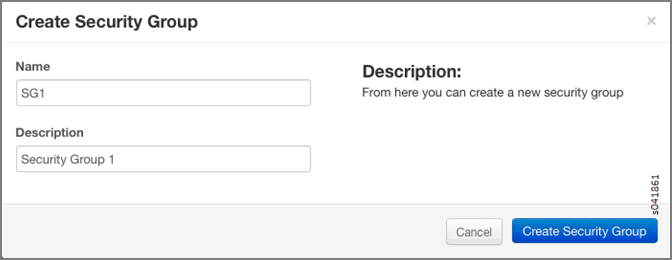- play_arrow Overview
- play_arrow Understanding Contrail
-
- play_arrow Installing and Upgrading Contrail
- play_arrow Server Requirements and Supported Platforms
- play_arrow Installing Contrail and Provisioning Roles
- Introduction to Containerized Contrail Modules
- Introduction to Contrail Microservices Architecture
- Downloading Installation Software
- Overview of contrail-ansible-deployer used in Contrail Command for Installing Contrail with Microservices Architecture
- Installing Contrail with OpenStack and Kolla Ansible
- Configuring the Control Node with BGP
- Contrail Global Controller
- Role and Resource-Based Access Control
- play_arrow Installation and Configuration Scenarios
- play_arrow Upgrading Contrail Software
- play_arrow Backup and Restore Contrail Software
- play_arrow Contrail Command
- play_arrow Multicloud Contrail
- play_arrow Using Contrail with Red Hat
- play_arrow Using Contrail with Juju Charms
-
- play_arrow Monitoring and Troubleshooting the Network Using Contrail Analytics
- play_arrow Understanding Contrail Analytics
- play_arrow Configuring Contrail Analytics
- play_arrow Using Contrail Analytics to Monitor and Troubleshoot the Network
- Monitoring the System
- Debugging Processes Using the Contrail Introspect Feature
- Monitor > Infrastructure > Dashboard
- Monitor > Infrastructure > Control Nodes
- Monitor > Infrastructure > Virtual Routers
- Monitor > Infrastructure > Analytics Nodes
- Monitor > Infrastructure > Config Nodes
- Monitor > Networking
- Query > Flows
- Query > Logs
- Example: Debugging Connectivity Using Monitoring for Troubleshooting
-
Using Security Groups with Virtual Machines (Instances)
Security Groups Overview
A security group is a container for security group rules. Security groups and security group rules allow administrators to specify the type of traffic that is allowed to pass through a port. When a virtual machine (VM) is created in a virtual network (VN), a security group can be associated with the VM when it is launched. If a security group is not specified, a port is associated with a default security group. The default security group allows both ingress and egress traffic. Security rules can be added to the default security group to change the traffic behavior.
Creating Security Groups and Adding Rules
A default security group is created for each project. You can add security rules to the default security group and you can create additional security groups and add rules to them. The security groups are then associated with a VM, when the VM is launched or at a later date.
To add rules to a security group:


























